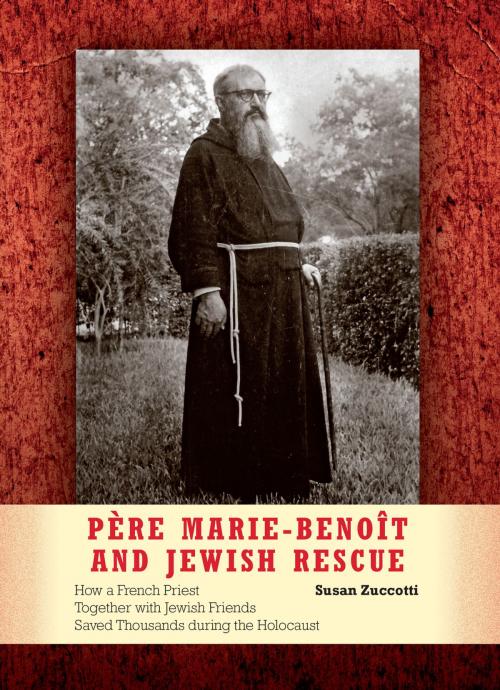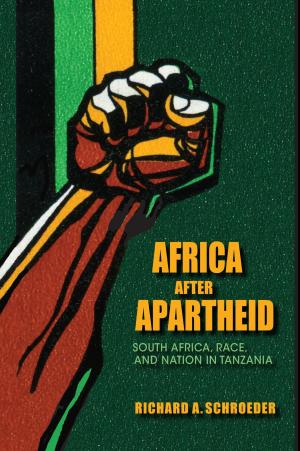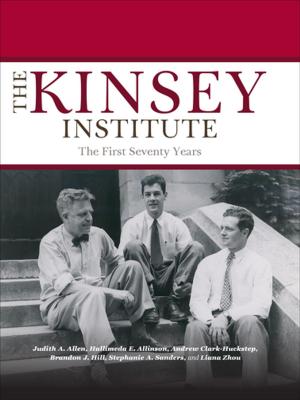Père Marie-Benoît and Jewish Rescue
How a French Priest Together with Jewish Friends Saved Thousands during the Holocaust
Nonfiction, Religion & Spirituality, Christianity, Denominations, Catholic, Catholicism, History, Military, World War II| Author: | Susan Zuccotti | ISBN: | 9780253008664 |
| Publisher: | Indiana University Press | Publication: | June 4, 2013 |
| Imprint: | Indiana University Press | Language: | English |
| Author: | Susan Zuccotti |
| ISBN: | 9780253008664 |
| Publisher: | Indiana University Press |
| Publication: | June 4, 2013 |
| Imprint: | Indiana University Press |
| Language: | English |
Susan Zuccotti narrates the life and work of Père Marie-Benoît, a courageous French Capuchin priest who risked everything to hide Jews in France and Italy during the Holocaust. Who was this extraordinary priest and how did he become adept at hiding Jews, providing them with false papers, and helping them to elude their persecutors? From monasteries first in Marseille and later in Rome, Père Marie-Benoît worked with Jewish co-conspirators to build remarkably effective Jewish-Christian rescue networks. Acting independently without Vatican support but with help from some priests, nuns, and local citizens, he and his friends persisted in their clandestine work until the Allies liberated Rome. After the conflict, Père Marie-Benoît maintained his wartime Jewish friendships and devoted the rest of his life to Jewish Christian reconciliation. Papal officials viewed both activities unfavorably until after the Second Vatican Council (Vatican II), 1962-1965.
To tell this remarkable tale, in addition to her research in French and Italian archives, Zuccotti personally interviewed Père Marie-Benoît, his family, Jewish rescuers with whom he worked, and survivors who owed their lives to his network.
Susan Zuccotti narrates the life and work of Père Marie-Benoît, a courageous French Capuchin priest who risked everything to hide Jews in France and Italy during the Holocaust. Who was this extraordinary priest and how did he become adept at hiding Jews, providing them with false papers, and helping them to elude their persecutors? From monasteries first in Marseille and later in Rome, Père Marie-Benoît worked with Jewish co-conspirators to build remarkably effective Jewish-Christian rescue networks. Acting independently without Vatican support but with help from some priests, nuns, and local citizens, he and his friends persisted in their clandestine work until the Allies liberated Rome. After the conflict, Père Marie-Benoît maintained his wartime Jewish friendships and devoted the rest of his life to Jewish Christian reconciliation. Papal officials viewed both activities unfavorably until after the Second Vatican Council (Vatican II), 1962-1965.
To tell this remarkable tale, in addition to her research in French and Italian archives, Zuccotti personally interviewed Père Marie-Benoît, his family, Jewish rescuers with whom he worked, and survivors who owed their lives to his network.















